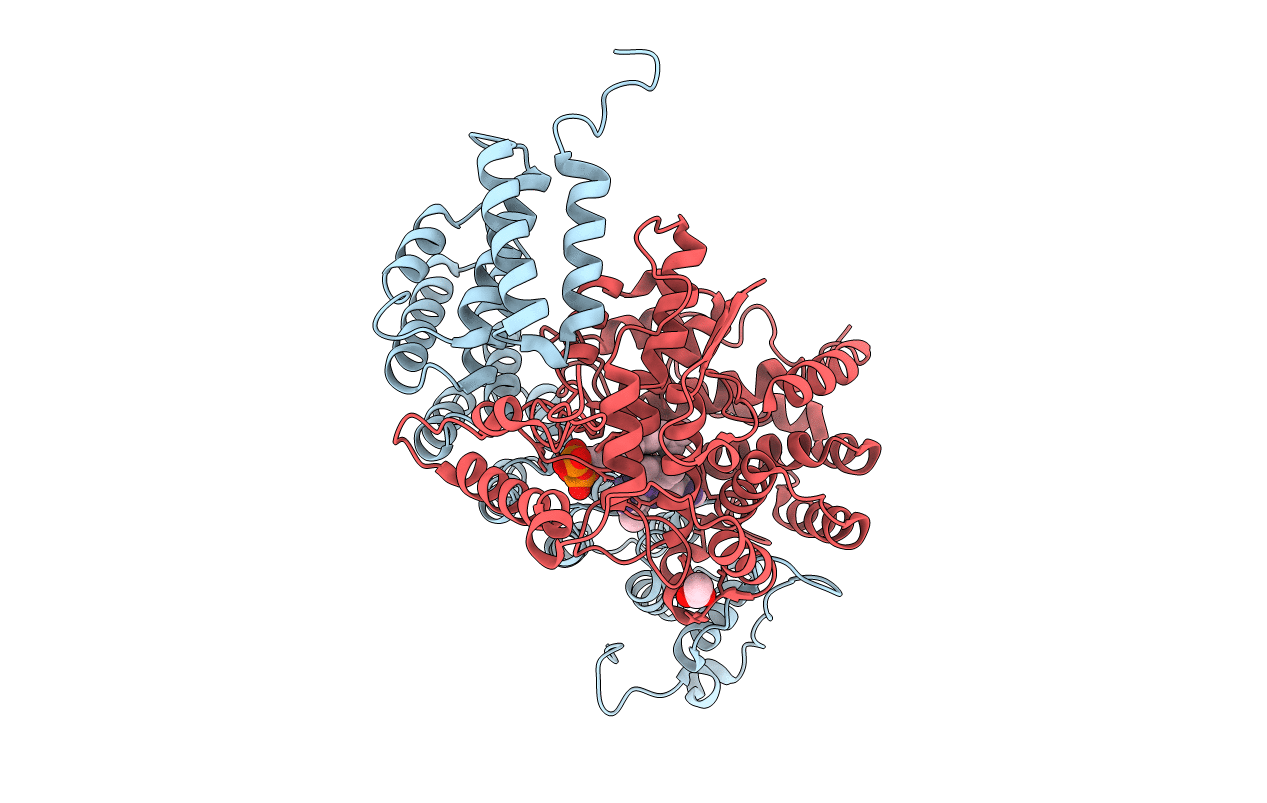
Deposition Date
2008-07-09
Release Date
2008-09-30
Last Version Date
2024-02-21
Entry Detail
PDB ID:
3DPY
Keywords:
Title:
Protein farnesyltransferase complexed with FPP and caged TKCVIM substrate
Biological Source:
Source Organism:
Rattus norvegicus (Taxon ID: 10116)
(Taxon ID: )
(Taxon ID: )
Host Organism:
Method Details:
Experimental Method:
Resolution:
2.70 Å
R-Value Free:
0.25
R-Value Work:
0.21
R-Value Observed:
0.21
Space Group:
P 61


